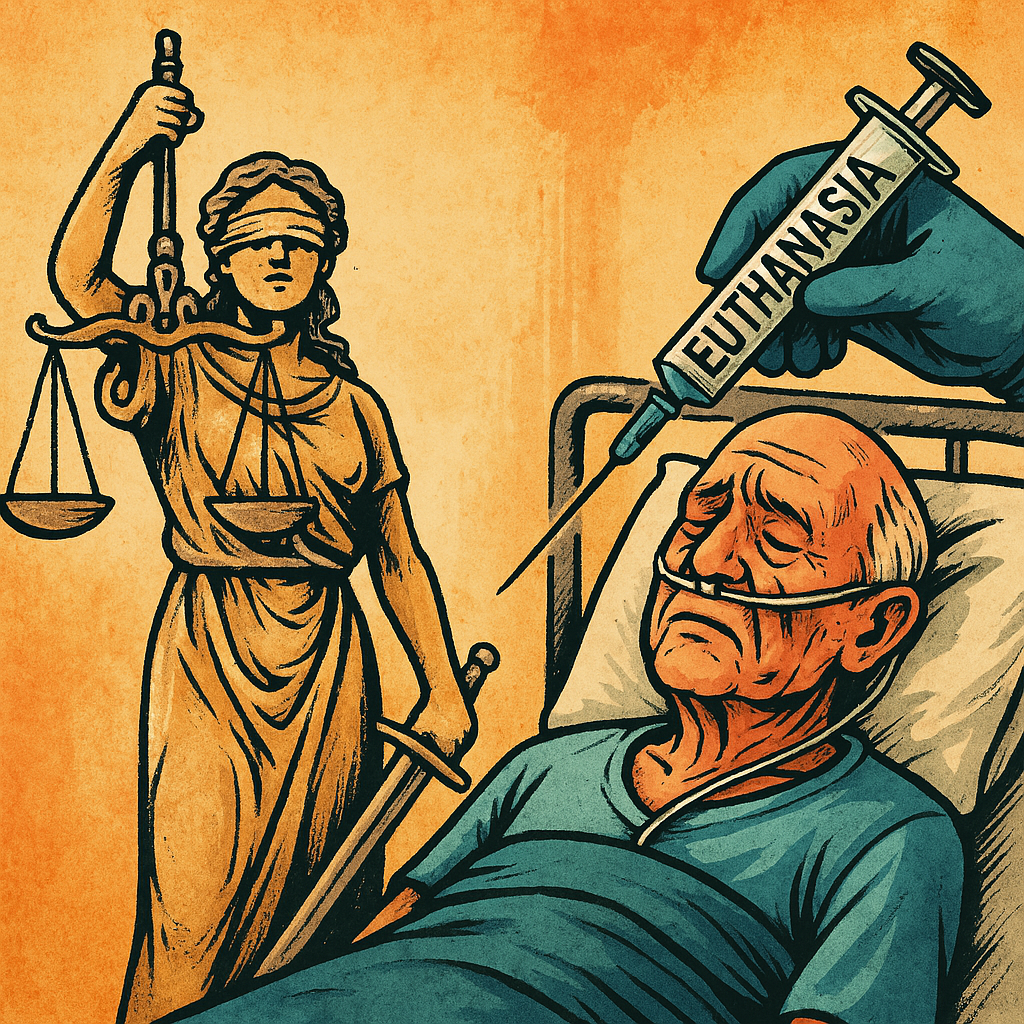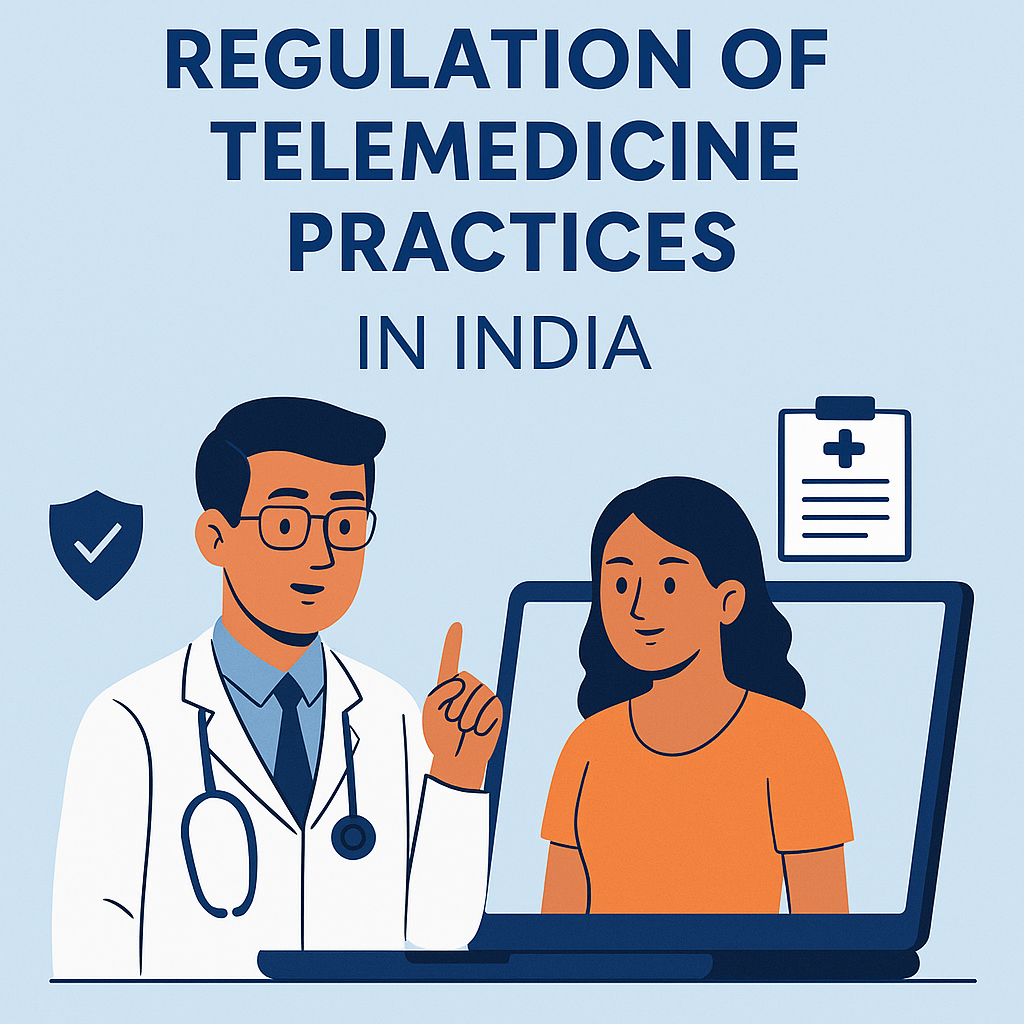Brain Injuries Leading to Medical Malpractice Lawsuits under Personal Injury
Brain Injuries Leading to Medical Malpractice Lawsuits under Personal Injury Law
1. Introduction
Brain injuries are among the most serious types of injuries that can occur due to medical malpractice. When a healthcare provider’s negligence results in a brain injury, the injured patient can file a medical malpractice lawsuit under personal injury law seeking compensation for the damages suffered.
2. Types of Brain Injuries in Medical Malpractice
Brain injuries in medical malpractice may result from various negligent acts such as:
Failure to diagnose or misdiagnosis of conditions like stroke, brain tumors, or infections leading to brain damage.
Surgical errors during brain or other surgeries causing trauma or oxygen deprivation to the brain.
Birth injuries, e.g., failure to manage complications during labor causing hypoxic-ischemic encephalopathy (brain damage due to lack of oxygen).
Medication errors that result in strokes or bleeding in the brain.
Delayed or improper treatment for head trauma.
3. Legal Elements in Brain Injury Medical Malpractice Claims
To succeed in a medical malpractice claim involving brain injury, the plaintiff must establish:
a) Duty of Care
The medical professional owed a duty to the patient (doctor-patient relationship).
b) Breach of Duty
The healthcare provider acted negligently by failing to meet the standard of care (e.g., failed to diagnose stroke symptoms promptly).
c) Causation
The breach directly caused the brain injury or worsened the patient’s neurological condition.
d) Damages
The plaintiff suffered actual harm, including physical, cognitive, or emotional injury due to brain damage.
4. Impact of Brain Injuries in Malpractice
Brain injuries can cause:
Permanent cognitive impairments (memory loss, difficulty concentrating)
Physical disabilities (paralysis, speech problems)
Emotional and behavioral changes (depression, aggression)
Loss of independence and need for long-term care
Loss of earning capacity and quality of life
Because of the severity, damages in these cases tend to be substantial, covering economic (medical bills, lost wages) and non-economic losses (pain and suffering, emotional distress).
5. Case Law Illustrations
⚖️ Rogers v. Whitaker (1992) 175 CLR 479 (Australia)
This case is key for medical negligence and brain injury:
The plaintiff became blind in one eye after surgery.
The court held that doctors must warn patients of material risks, which a reasonable person would want to know.
It established that failure to inform patients about risks (including brain injury risks during surgery) could be negligence.
Relevance: Failure to warn about potential brain injury risks during procedures may lead to liability.
⚖️ Helling v. Carey, 519 P.2d 981 (1974) (U.S.)
This case involved failure to diagnose glaucoma but is often cited in medical negligence for diagnostic errors.
It stressed that physicians must use reasonable care in diagnosis.
Application: Failure to timely diagnose brain injuries (like strokes) constitutes negligence when it falls below the standard care.
⚖️ Bolam v. Friern Hospital Management Committee [1957] 1 WLR 582 (UK)
Though a general medical negligence case, the Bolam test applies in brain injury malpractice.
It established the standard: a doctor is not negligent if acting in accordance with a responsible medical body.
Implication: Brain injury cases will rely on expert testimony to show if the doctor breached accepted medical standards.
6. Proving Causation in Brain Injury Cases
Causation is critical because:
Brain injuries can sometimes be caused by the original illness or accident.
The plaintiff must prove that negligence caused or worsened the brain injury.
This often involves:
Expert neurologists or neurosurgeons to testify about injury cause and progression.
Medical records showing delayed treatment or errors.
Imaging evidence (CT scans, MRIs).
7. Damages in Brain Injury Medical Malpractice
Damages include:
Economic Damages:
Past and future medical expenses (rehabilitation, therapy, surgery)
Lost wages or earning capacity
Cost of long-term care or assisted living
Non-Economic Damages:
Pain and suffering from brain injury symptoms
Emotional distress and mental anguish
Loss of enjoyment of life and companionship
8. Challenges in Brain Injury Malpractice Lawsuits
Complex medical evidence: Brain injury diagnosis and cause may be contested.
Pre-existing conditions: Defendants may argue injury wasn’t due to malpractice.
Quantifying damages: Cognitive and emotional losses are difficult to value.
Statute of limitations: Timely filing is crucial.
9. Summary
Brain injuries caused by medical negligence are serious personal injury claims.
The plaintiff must prove duty, breach, causation, and damages.
Key case law like Rogers v. Whitaker and Bolam shape the standards for liability.
Courts consider extensive evidence to determine negligence and award damages for lifelong impacts.











0 comments